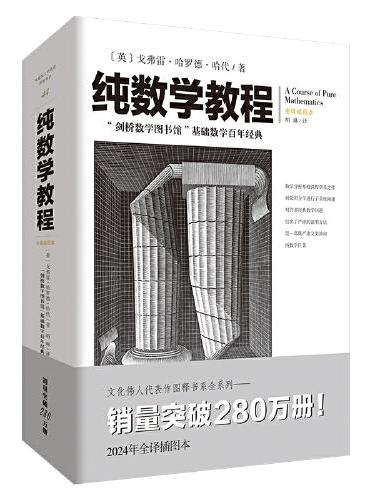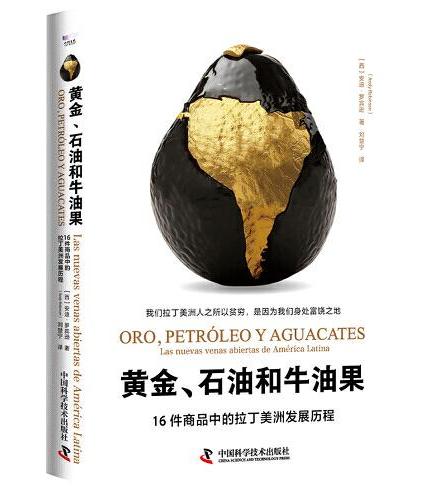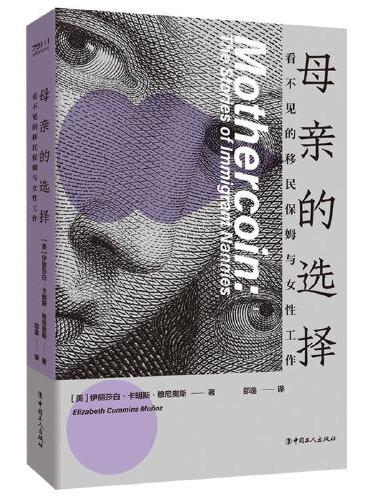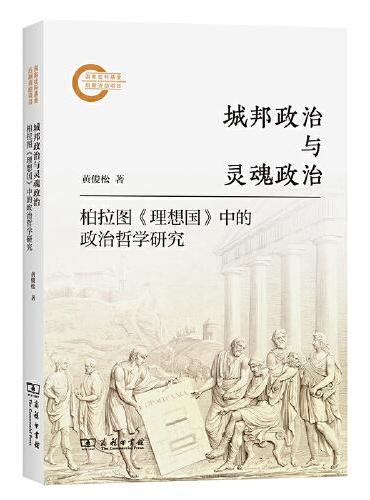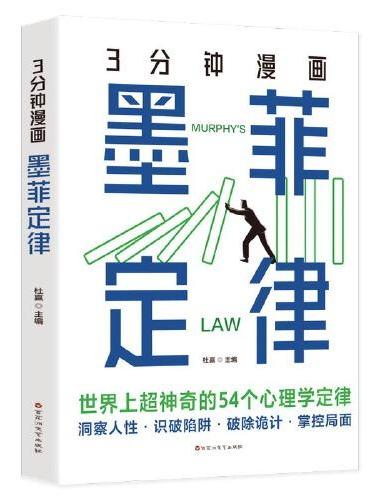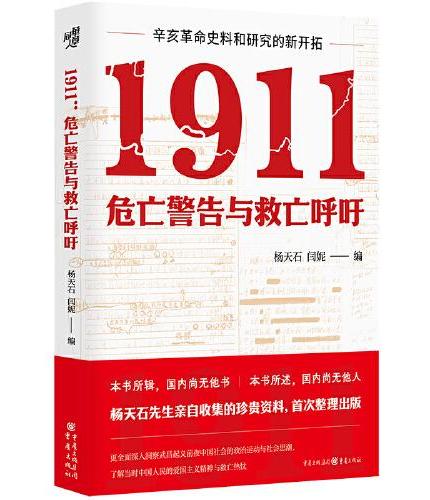This book was a labor of many years. It is both my
earliest book and my latest book; I began writing
up my ideas on how to design when I began
what became my first published book in the early
1980s, but not until recently have I developed the
framework for those ideas. Over the years, I have been influenced
by many scientists and artists, both inside and outside
of origami, all of whom contributed, one way or another, to the
present tome. It is impossible for me to identify everyone who
has contributed to my work, but some of the larger pieces come
from the following, who I thank:
Neal Elias, for his encouragement and for introducing me
to the magic of box pleating and the realization that anything
was possible in origami.
Lillian Oppenheimer and Alice Gray, for introducing me
to the wide, wild world of origami fanatics.
Akira Yoshizawa, who started it all, then showed that there
was more to origami art than just clever designs.
Dave Brill, who showed that you could have both clever
design and high art in the same model.
John Montroll, who took origami design to an unequaled
level and who has been a constant source of inspiration and
friendship.
Michael LaFosse, who took origami art to an unequaled
level and Richard Alexander; both have been equally great
friends.
John Smith, James Sakoda, and especially David Lister for
sharing a wealth of information about the history of origami,
both privately and on the origami-L mailing list; David Lister,
as well for numerous private comments and corrections with
respect to origami history; and Joan Sallas, for information on
early napkin-folding and for providing one of the figures.
Toshiyuki Meguro, Jun Maekawa, and Fumiaki Kawahata,
who developed circle and tree methods in Japan and who all
provided crucial insights to my own work along the way.
Marshall Bern, who encouraged me to write my first origami
computer science technical paper.
Barry Hayes, who, with Marshall, proved mathematically
that origami is really, really hard lest there be any doubt.
Erik and Martin Demaine, who have been friends and
collaborators in computational origami; in particular, the
mathematical theory that led to Chapters 12–14 is as much
theirs as mine.
Thomas Hull, who, as the focal point of origami math, has
done more to bring origamists and mathematicians together
than anyone else.
Koshiro Hatori, who provided translations of several of
the references.
Dave Mitchell, for his One-Crease Elephant.
Dr. Emmanuel Mooser, for his Train.
Raymond W. McLain and Raymond K. McLain, for their
generous permission to reproduce the latter’s Train diagrams
and Raymond K.’s recollections of the early days of American
origami.
In addition to the above, numerous other insights, encouragement,
ideas, concepts, and criticisms came from Peter
Engel, Robert Geretschl?ger, Chris Palmer, Paulo Barreto,
Helena Verrill, Alex Bateman, Brian Ewins, Jeremy Shafer,
Issei Yoshino, Satoshi Kamiya, Jason Ku, Brian Chan, Hideo
Komatsu, Masao Okamura, and Makoto Yamaguchi. A particular
thank you goes to Toshi Aoyagi who for many years acted
as matchmaker and translator between me and many of my
Japanese colleagues and to Koshiro Hatori, Koichi Tateishi,
Marcio Noguchi, and Anne LaVin, who have all helped with
translation and advice.
I am particularly indebted to Peter Engel, Marc Kirschenbaum,
and Diane Lang for proofreading the text and the
diagrams and making numerous suggestions for corrections
and improvements and Diane did so twice, for both editions.
Needless to say, any errors that remain are entirely my own.
There are fewer errors in this printing than in the first edition,
however, and I am most grateful for the eagle eyes of Yu Lin
Yang, Roberto Gretter, Gadi Vishne, and Tom Hull in identifying
a few elusive typos; also for fruitful discussions with Erik
and Marty Demaine that allowed me to make a more precise
statement of the tree theorem in Chapter 11 and that helped
crystallize many of the concepts of polygon packing.
I would like to tha
|



